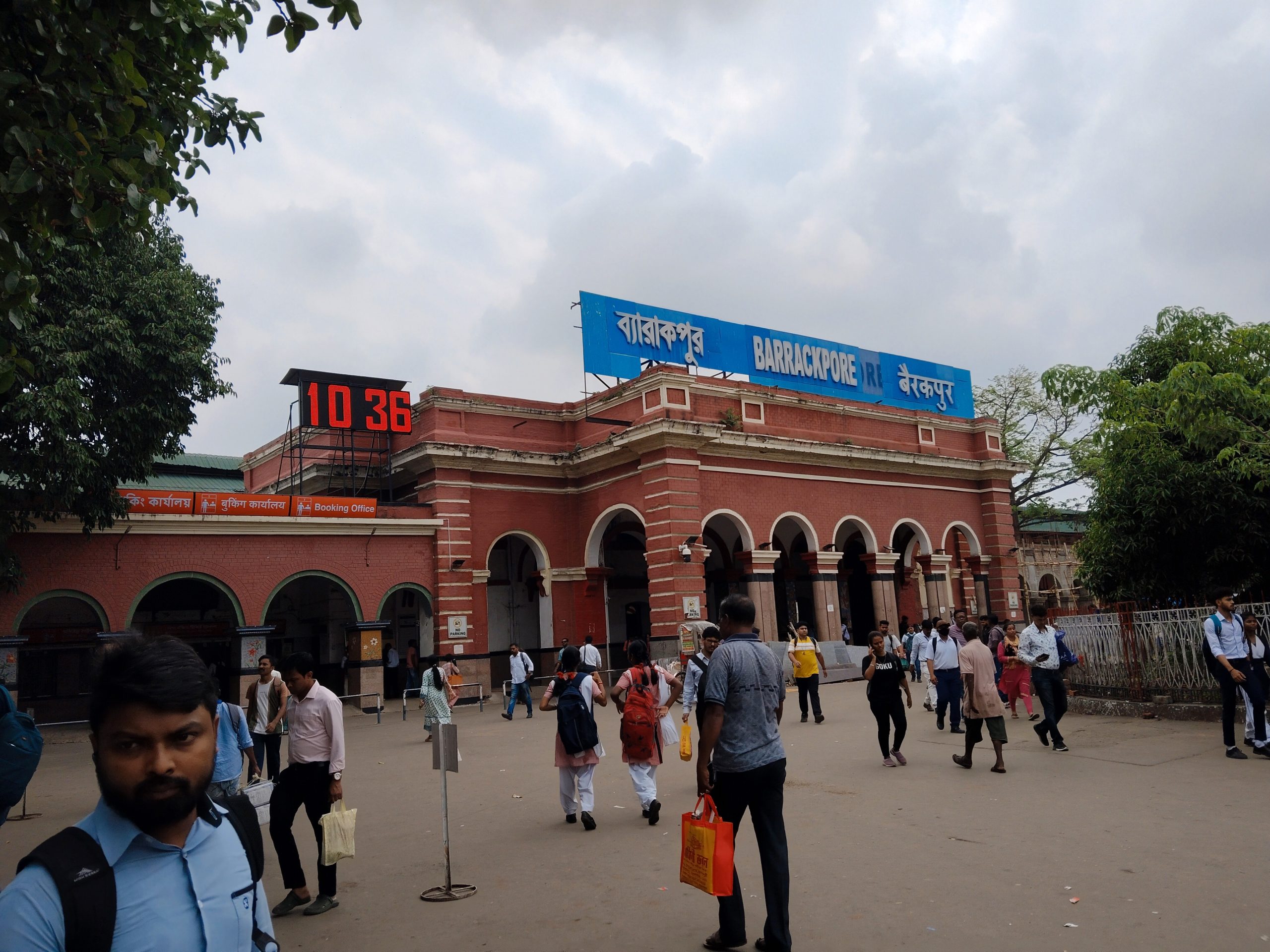
Friends, are you familiar with Barrackpore and its importance? Allow me to take you on a historical journey to a location where revolutions began and history was forged.
Located on the banks of the Hooghly River and only an hour from Calcutta, Barrackpore might appear to be a charming town today. However, beneath its tranquil facade lies a significant past that was pivotal in India’s fight for independence. At a time filled with uncertainty, the British recognized the necessity for reinforced defenses in Bengal. Fort William, their stronghold in Kolkata, required bolstering, but mere fortifications wouldn’t suffice. Thus, a grand strategy emerged—three cantonments were to be established around the city, each acting as a buffer against potential threats.
The first of these cantonments was established in Barrackpore. Situated on the eastern bank of the Hooghly River, this once-quiet area was poised to become a military center. With its strategic location and resemblance to the peaceful English countryside, Barrackpore was an ideal choice.
Before long, the sounds of construction and marching troops filled the atmosphere. Barracks were built, roads were created, and the once-sleepy town transformed into a vibrant military hub. It had evolved from a simple settlement into the backbone of British defense, forming the initial line of security for Kolkata.
Little did the British realize that this very cantonment, intended to reinforce their authority, would eventually serve as the birthplace of India’s first war of independence.
The story starts in 1824, during the East India Company’s reign, when a courageous soldier named Sepoy Binda Tiwari refused to board a ship heading to Burma, protesting the forced overseas deployment of Indian soldiers. His act of defiance represented one of the early signs of resistance against British rule. However, the real upheaval was still to come.
Jump ahead to 1857, the year of the monumental Indian revolt. Tension filled the atmosphere in Barrackpore, where a young sepoy named Mangal Pandey was stationed. His name would soon be etched in history. In March of that year, he took a stand against British officers by refusing to use the new Enfield rifles, which were rumored to contain cartridges greased with cow and pig fat—an affront to both Hindu and Muslim troops. In an act of bold defiance, Mangal Pandey fired the first shot of rebellion, attacking his British superiors. Even though he was captured and executed, his bravery ignited the flames of the 1857 uprising, marking India’s First War of Independence.
Barrackpore’s importance extends beyond this event. Through the years, it remained a hub for military strategy and nationalist movements. The quiet barracks and parade grounds have borne witness to numerous tales of valor, sacrifice, and resistance. The trees lining its roads have silently observed the making of history.
Even today, walking through Barrackpore, you can sense its deep ties to India’s fight for freedom. Mangal Pandey Park stands as a tribute to the courageous soldier who dared to contest British rule. The old barracks tell stories of the past, reminding us that Barrackpore is not just a town; it is where the first seeds of India’s independence were planted.
Apart from this, Barrackpore features numerous colonial-era buildings, churches, and administrative facilities that showcase Indo-European architectural styles, making it a point of interest for both historians and tourists.
Over time, Barrackpore has evolved into a well-organized urban center, prioritizing education, healthcare, and public services. Institutions enhance the area’s educational environment.
Barrackpore’s close proximity to Kolkata, along with its access via road, rail, and river, has fueled its economic growth. As part of the Kolkata Metropolitan Area, it also plays an essential role in the city’s suburban development.
Hence, my friends, Barrackpore is more than a mere name on a map. It symbolizes resistance, a location where history was crafted through courage and sacrifice. This is why Barrackpore holds a unique place in the narrative of India’s journey to freedom.
-Triparna







